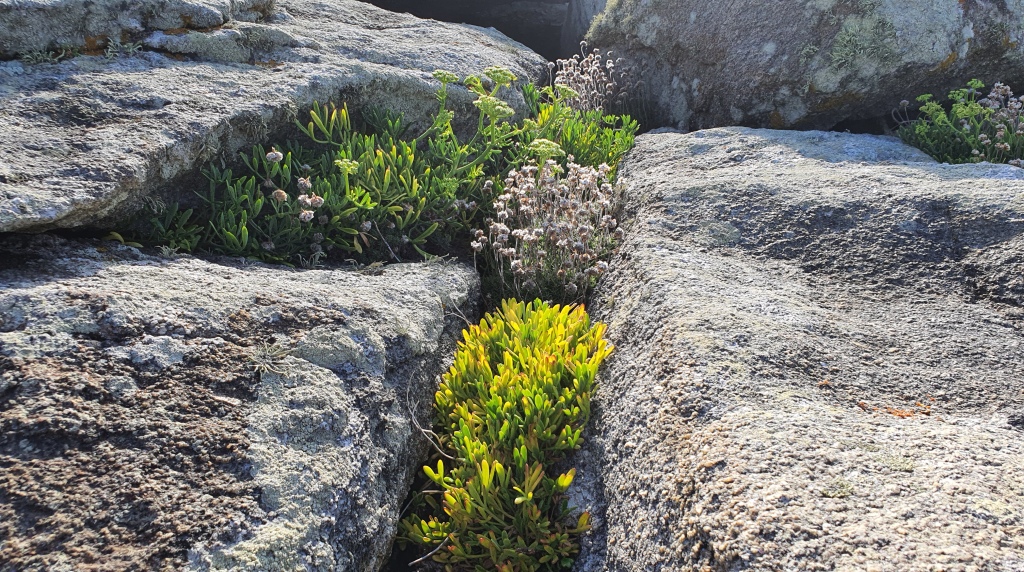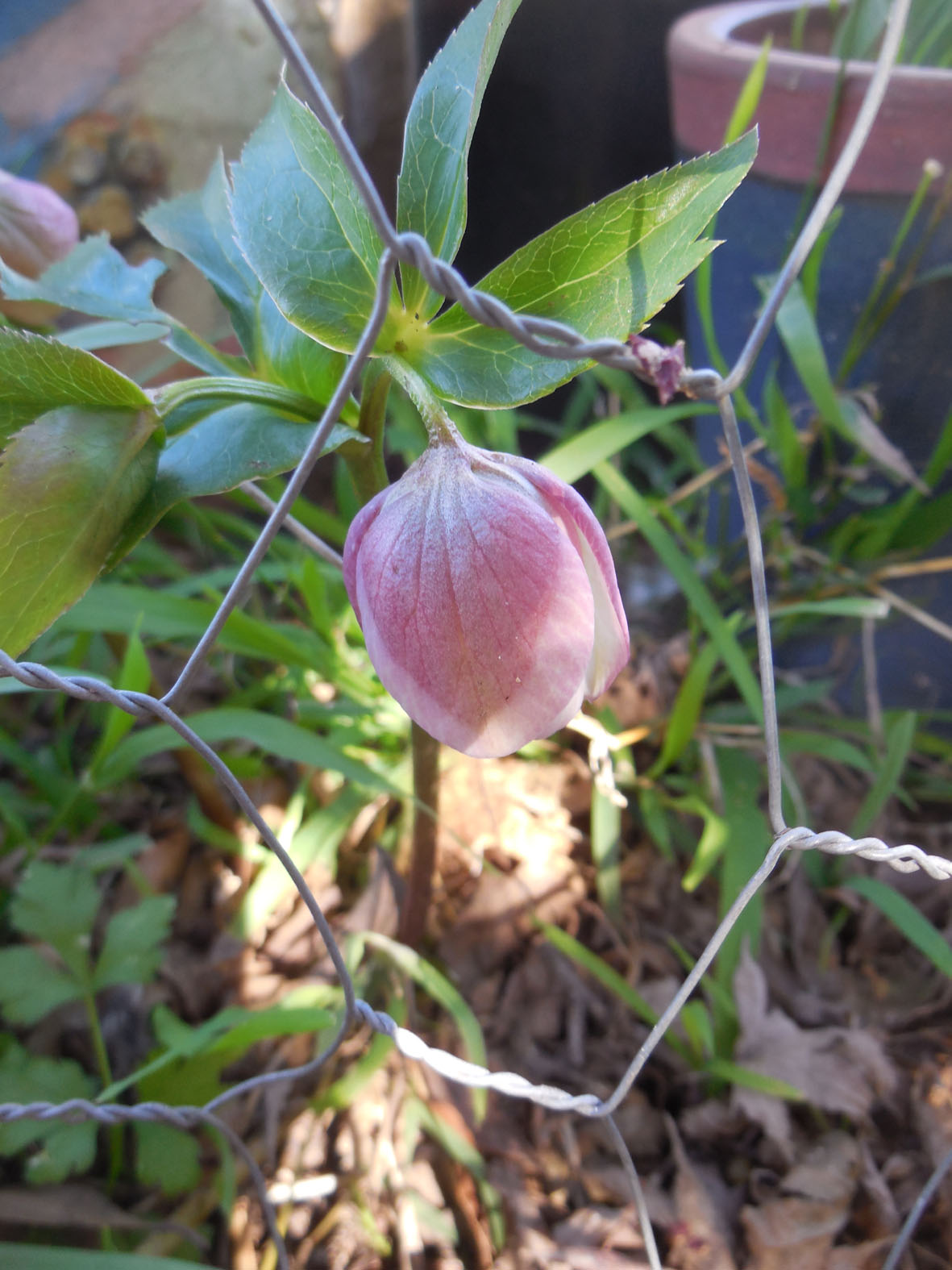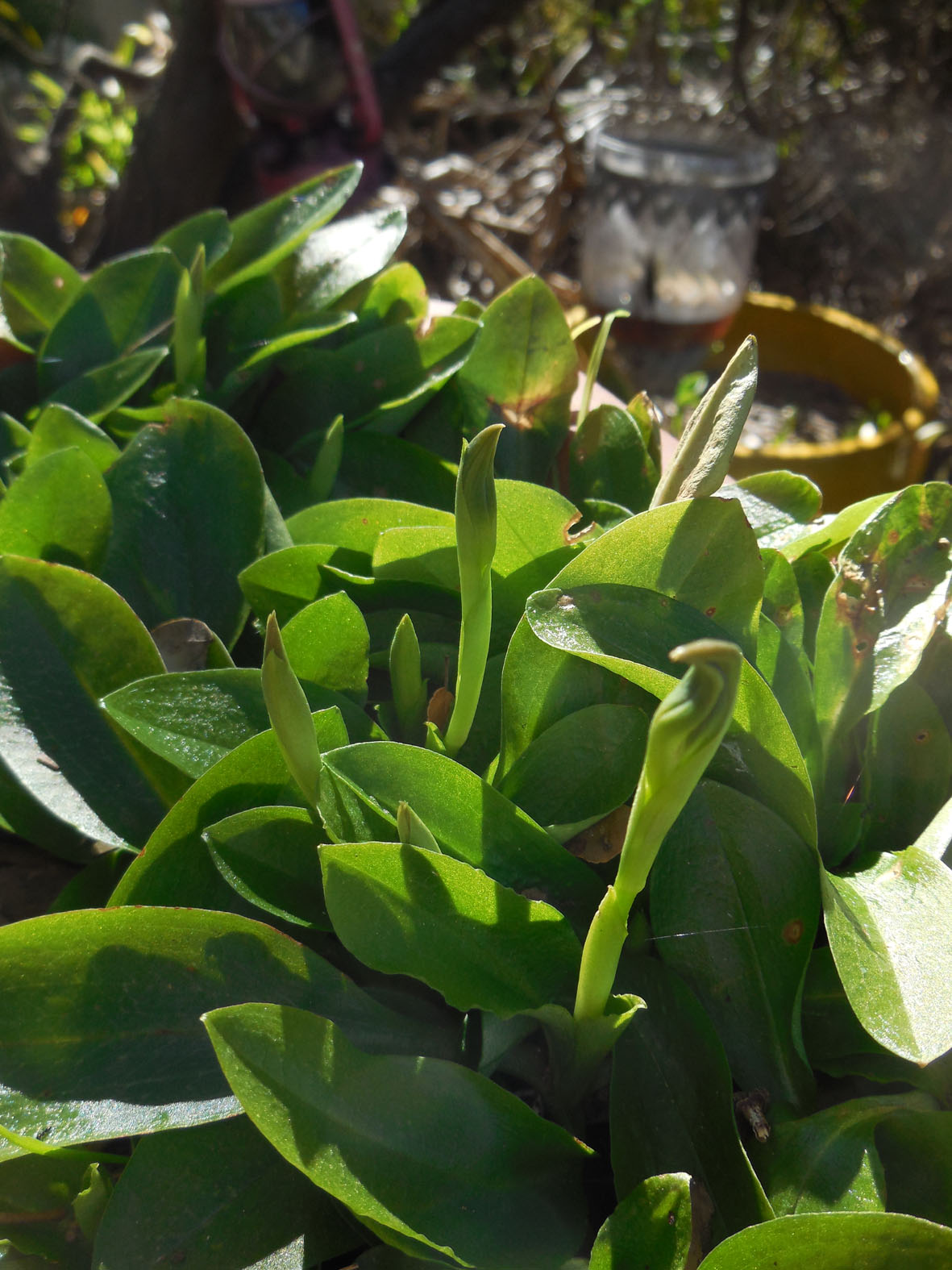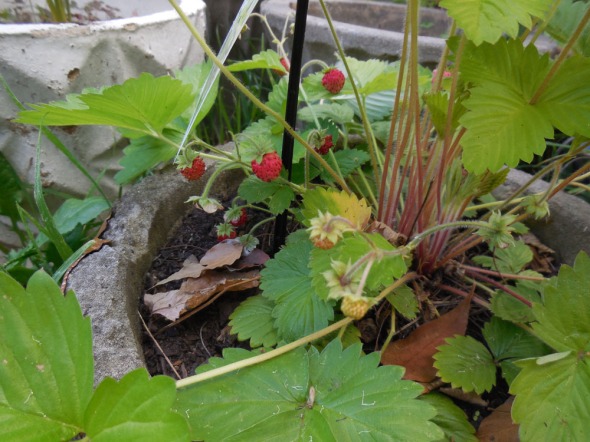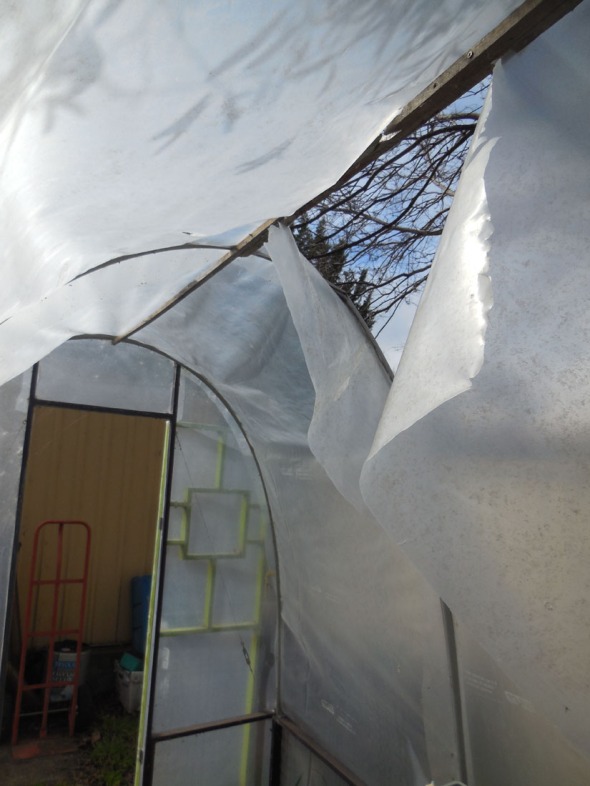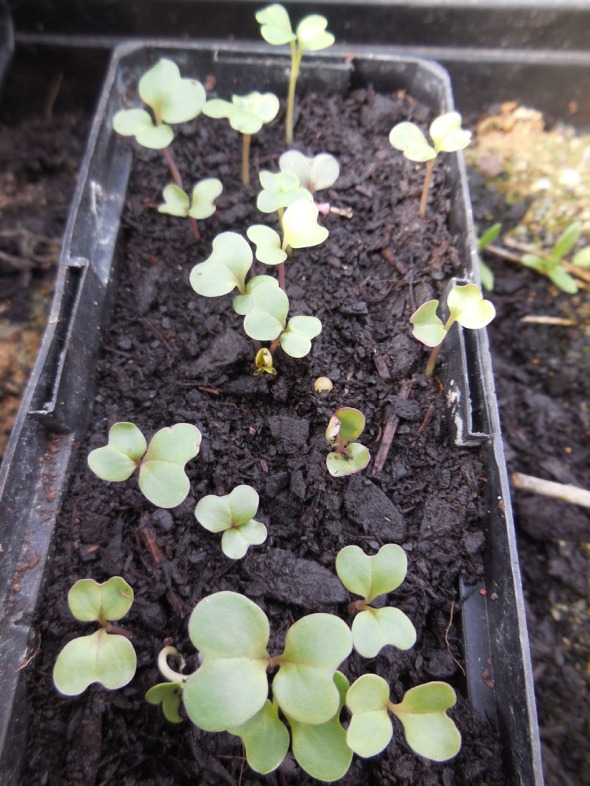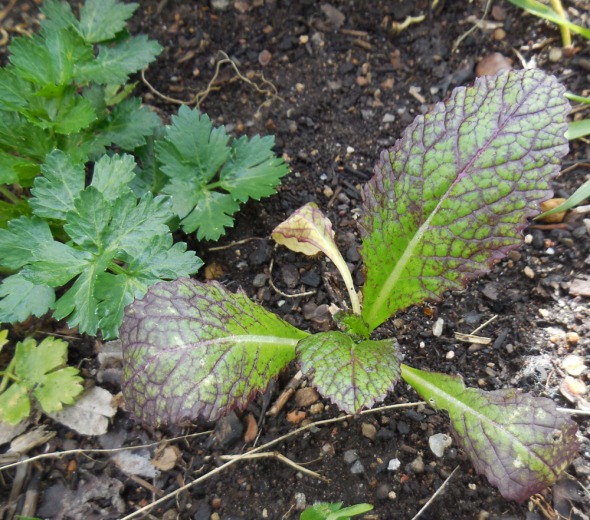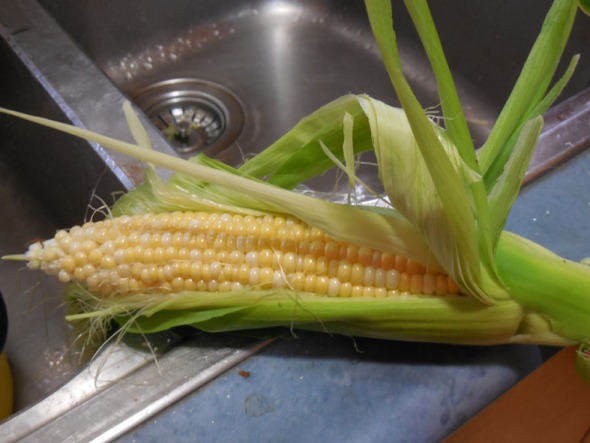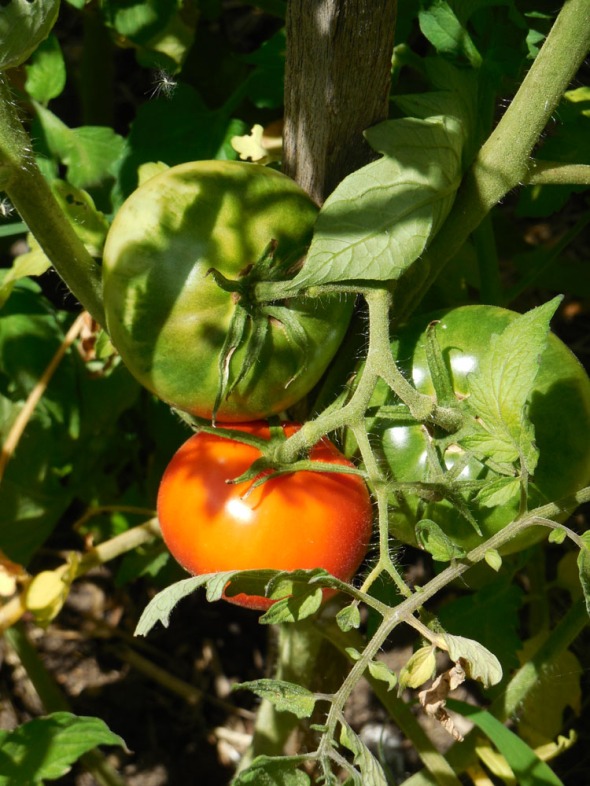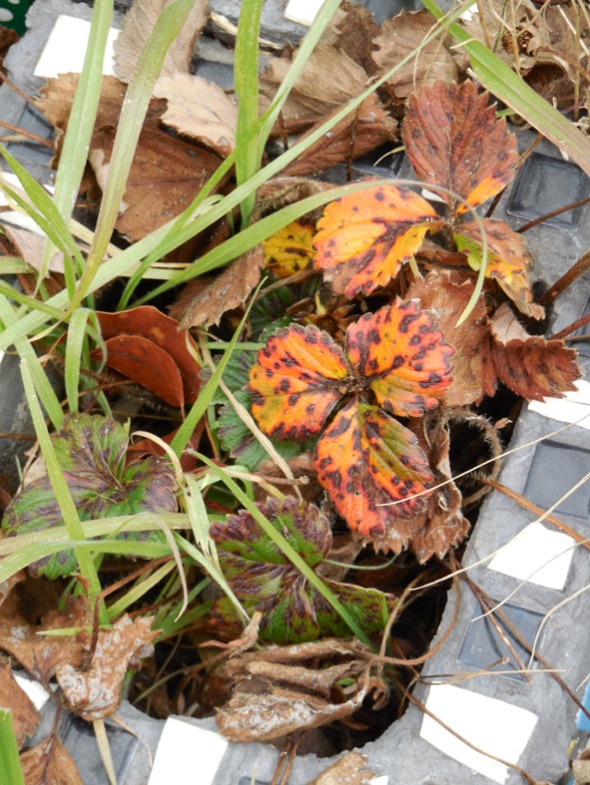I missed the United Nations World Soil Day, 5 December, this year, but by way of compensation I have found this post on making compost from earlier in the year, which never made it beyond draft stage. Don’t worry about the references to Autumn, compost making is a year round activity. Enjoy!
“As autumn moves along we are clearing out the last of the summer veg and rejuvenating our soil before we plant new crops for winter. This means digging in some of the lovely compost we’ve been ‘growing’ over the last few months. OK, so we’ve just added the material to the bins and the worms, slaters, and other microorganisms are doing the hard yards at breaking the stuff down.

The tomatoes have been cleared out and compost and dolomite lime added ready for new plants.
If you have space for a compost bin then setting one up is a no-brainer. It is an excellent way to reduce some of the costs involved with renewing your soil to ensure your plants get plenty of nutrients.
The golden ratio when it comes to making compost is 1 part of green waste to 3 parts of brown waste. In laymans’s terms the ‘green’ can include household veggie scraps (no meat), or green garden waste such as prunings or fresh grass clippings, tea leaves and coffee grounds. Coffee grounds are an excellent source of nitrogen and they are not acidic after they have been brewed. While some tea bags are compostable many tea bags are now wholly or partly plastic, and you don’t want to include any of these in your compost. The ‘brown’ could include dry leaves, shredded or torn newspaper, shredded office paper, or used bedding from the chook pen. Our compost has a bit of all these.
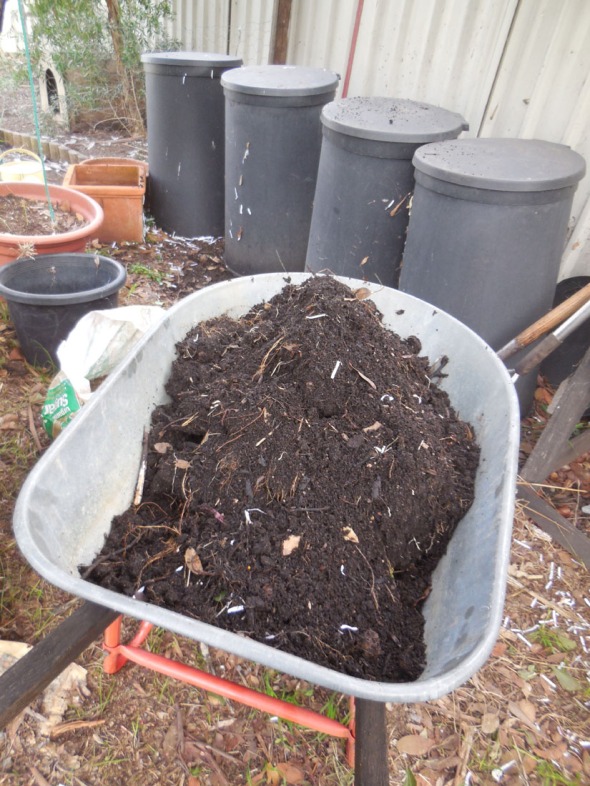
A barrow load of goodness from our compost bins, which you can see in the background.
One of these bins is dedicated to the super-slow breaking down of leaves into leaf mould, the others are for compost in different stages of decomposition.
‘If I could say just one thing’ it would be to not make a compost pile or set up a compost system bigger than you can feed. If you live in a small household or only have a small garden you may not generate enough green waste to get your compost system working actively. If this is the case you have several options:
- set up a smaller system, eg by using and old plastic garbage bin with the bottom cut out, placed directly on the soil so the worms can get into it; or invest in a Bokashi system;
- dig small amounts of vegetable scraps into holes around your garden and let nature do the rest;
- find another source of green waste to add to your bin by collecting coffee grounds from a cafe or even leaving a small bin to collect compostable waste from where you work.
Having set up the bin you also need to feed and mix it up or ‘turn’ it regularly. Let’s face it the worms aren’t going to hang around if you don’t give them some new food every so often. Turning your compost bin allows the air to get into it, to ensures faster decomposition. It also reduces the risk of creating ugly smells.
If you have a compost bin it is just about impossible to turn the contents with a garden fork. If you have a heap or compartment system then a garden fork is fine. The best device I’ve found to ‘turn’ my compost is this strange piece of metal with a ‘screw’ on one end. By turning this tool into the compost you can easily mix the bin’s contents. To avoid giving yourself a hernia I suggest you make some shallow digs into the upper 15 cms before you drill further down. It’s really not too difficult.

My favourite compost turner!

Getting ready to turn the compost.
If you are checking the compost every week (you should be adding stuff to it regularly), then you should be able to head off potentially unpleasant compost situations. If your heap does go wet and nasty make sure you add lots of dry ‘brown’ material and mix it through thoroughly. Keep a close eye on it until the compost is evenly damp, rather than a foetid mess.
Before I forget, you can also re-cycle your spent potting mix through your system. The potting mix will get nutrients as your heap decomposes and the potting mix will add some structure to what’s in the bin.
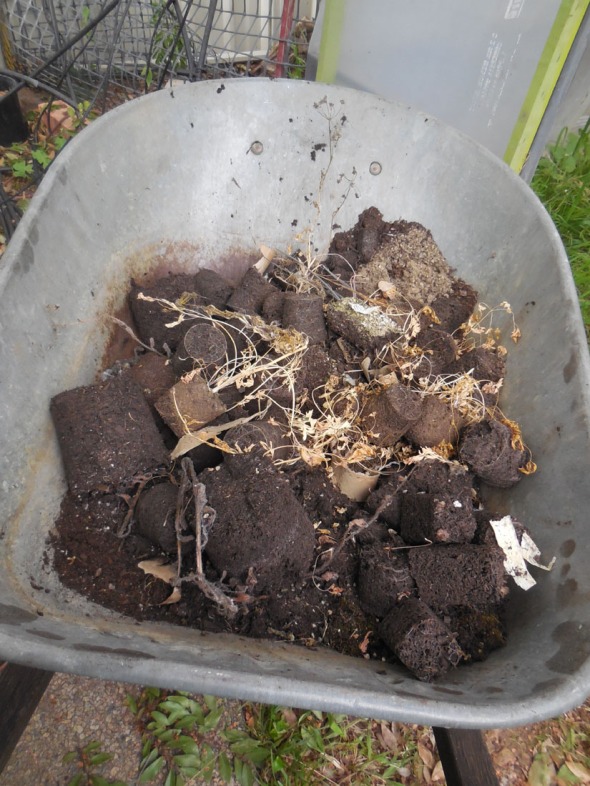
Re-use and re-cycle also applies to old potting mix!
So happy belated world soil day!

